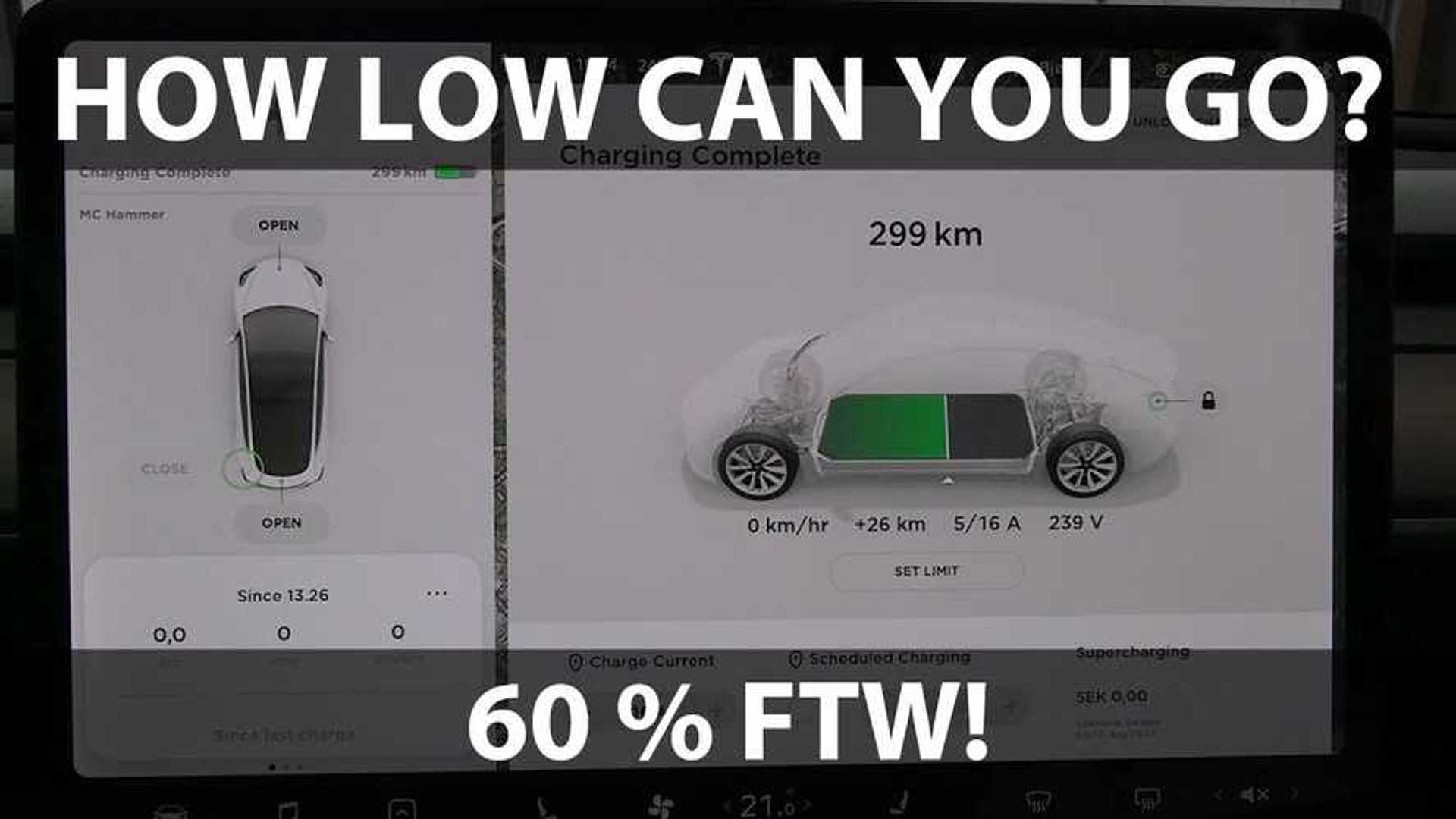To be honest, I think the jury will be out for a VERY long time on the debate on the whole subject of - "Should you charge to THIS level, or should you charge to THAT level".
A very controversial subject I know.
Impossible for there to be a right or wrong answer to THIS subject IMO.
I think the consensus of opinion is the same regarding the subject of, that regular and consistence rapid charging ( due to excessive heat ) is not good for EV pack's, plus fully charging to 100% then leaving the car sit ( unused ) for days on end is not good for the pack either.
Running the HV battery to a very low state of charge on a regular basis is not good either apparently !.
I think you can end up becoming totally paranoid about your battery !.
Then it can take away the whole enjoyment of EV driving.
We all want to do what is best for our cars of course, but not at the risk of spoiling the EV experience.
I tend to charge to suit my needs really

.
With a little bit of redundancy added in just for good measure.
But if I need it, I charge to 100% without a second though.
Knowing I will be using the car for a longer trip the following morning.
Don't over think it, just use it and enjoy !.
